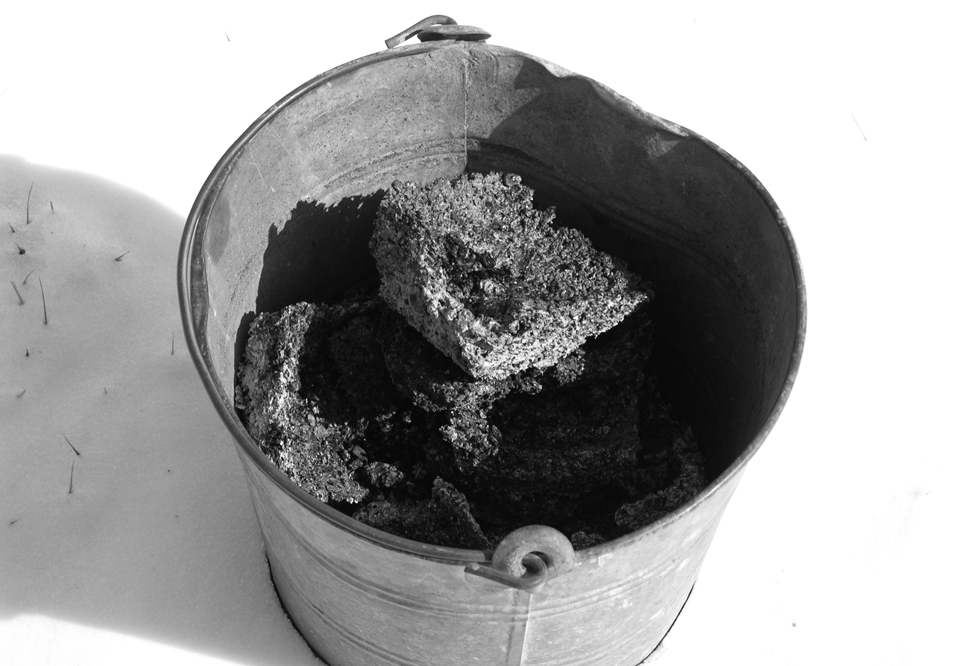Humm maybe look at a small tent stove, I heat a 14x12 cabin tent with a small tent stove and burn wood good to below -10* for a weekend hunting mule deer up Northern states. Davis tent company in Denver CO. about as good as they get. Only has a 5 or 6" pipe that goes out a rubber stove jack throug the tent canvas

|
   
   
|


|











 Reply With Quote
Reply With Quote













